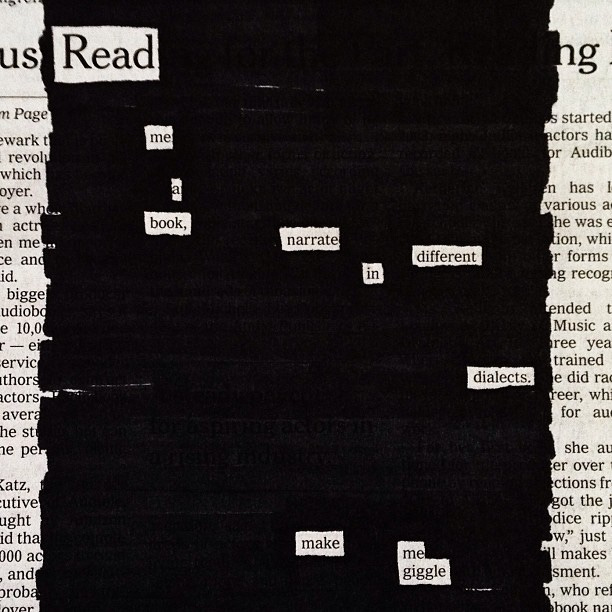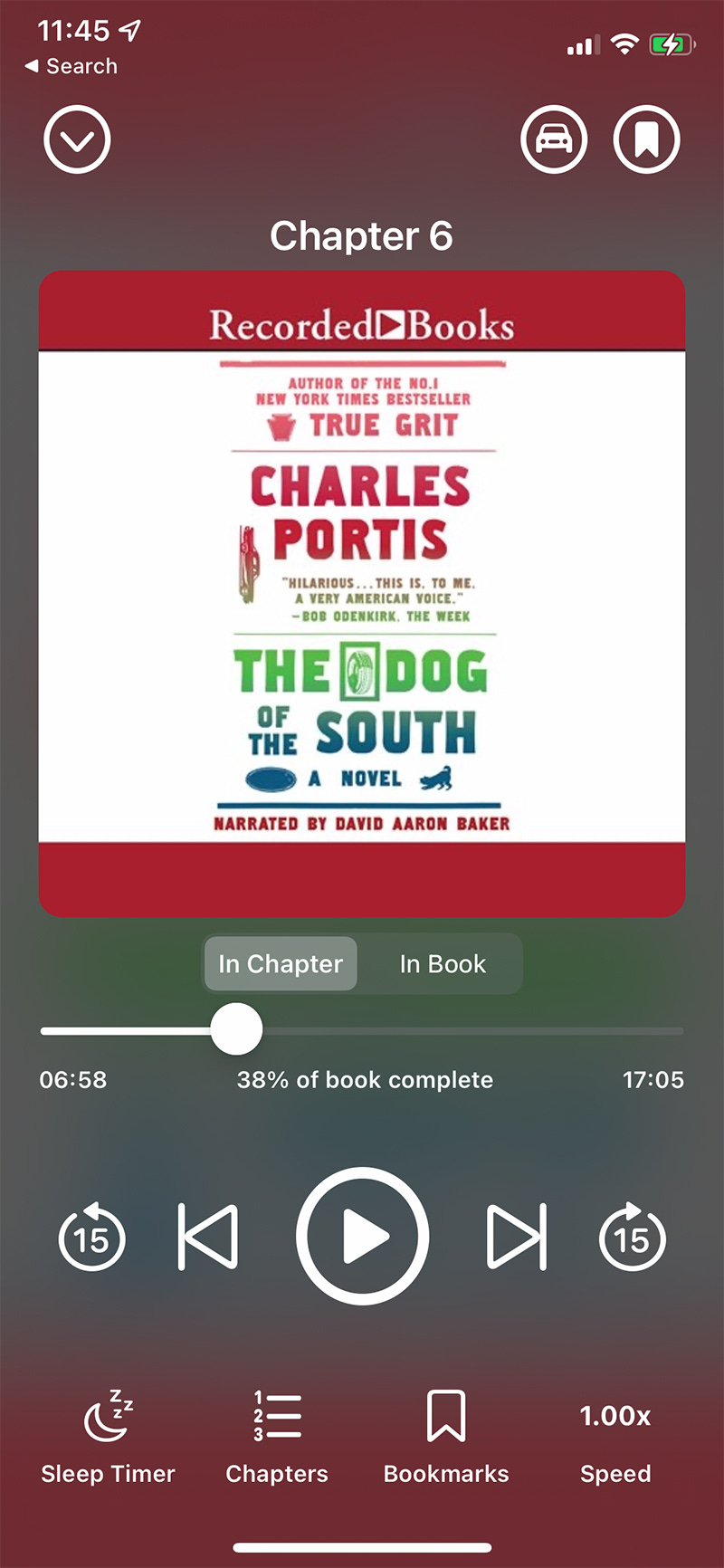Listening to audiobooks
Also: Making homemade recordings. (Bonus discussion: Let’s share our favorites!)
Hey y’all,
This weekend I found myself reading Charles Portis’s The Dog of the South for the third time. (Portis is the only writer whose novels I’ve read at least twice. Easy to do: he only published five. The most famous and maybe the best is True Grit.) You might hear a lot more about Portis in the next few weeks: the Library of America just put out his Collected Works in hardcover, which The New Yorker covered well.
I was so sucked into The Dog of the South that I looked to see if my library had a copy on audiobook I could listen to while I took a walk. Between Libby and Hoopla, it’s amazing how many audiobooks I can get at the press of a button. Sure enough, Hoopla had a Recorded Books edition narrated decently by David Aaron Baker. (I’m told that Donna Tartt’s reading of True Grit is stellar. That might be next for me.)
We seem to be living in a golden age for recorded books. I recently asked a novelist friend what he was reading and he replied, “Audiobooks!” They’re tricky for me because I have no commute and I can’t listen to words when I work. I have to make time for them the way I’d make time for any kind of reading: I go for walks, or clean the pool, or sit down and make a collage.
Audiobooks are also tricky because, like comics, they have a failure point added to the narrative. With comics, you have to like the style of the art and the narrative, and with audiobooks you have to like the voice and the narrative. Some narrators will drive you up the wall. (I recorded an audiobook of my trilogy during the pandemic, and boy, did I learn what an art there is to doing it well.)
In a way, recording audiobooks is a lot like copying poems on the typewriter. When you read out loud, you pay a different kind of attention to the text.
Keep reading with a 7-day free trial
Subscribe to Austin Kleon to keep reading this post and get 7 days of free access to the full post archives.







